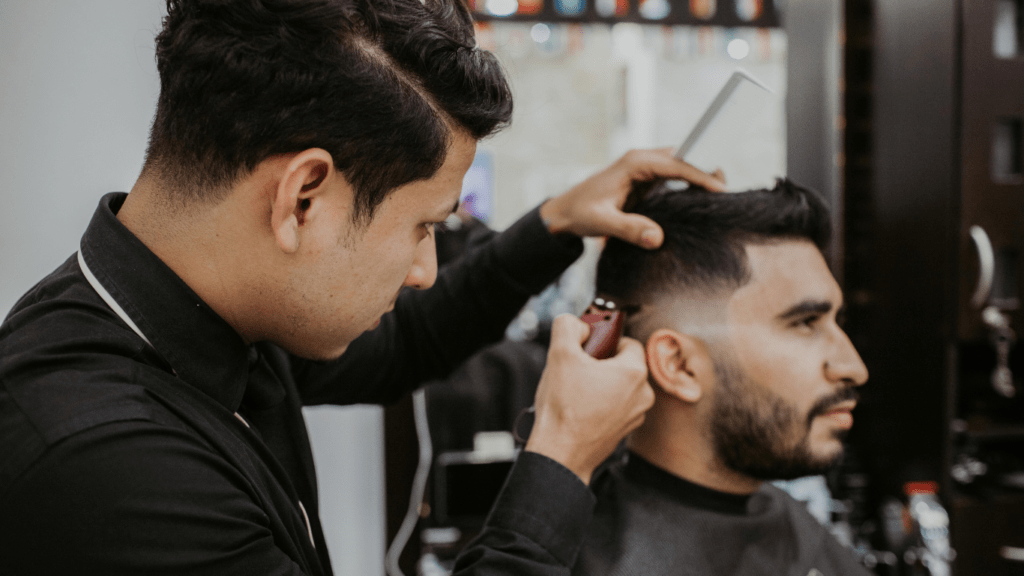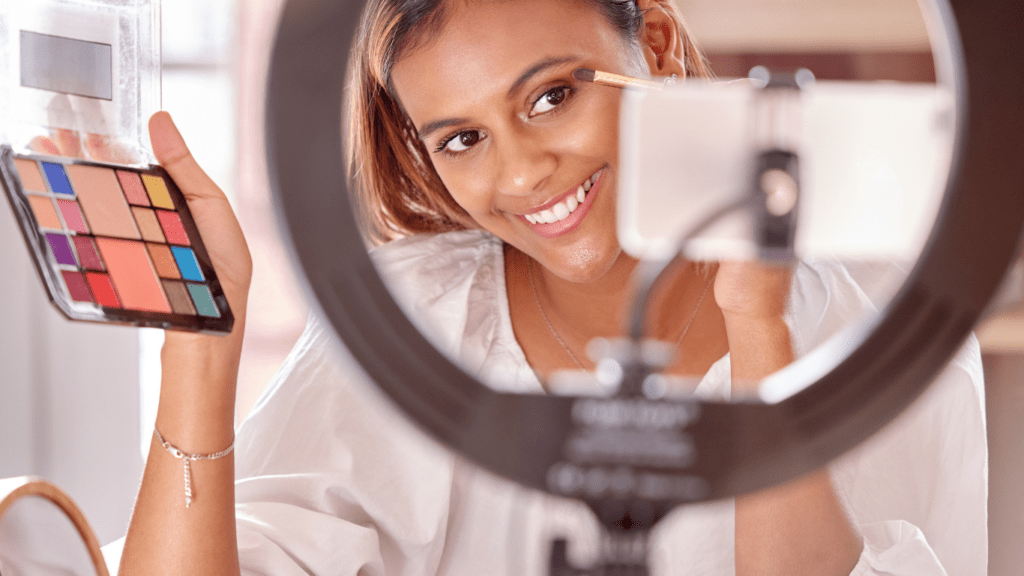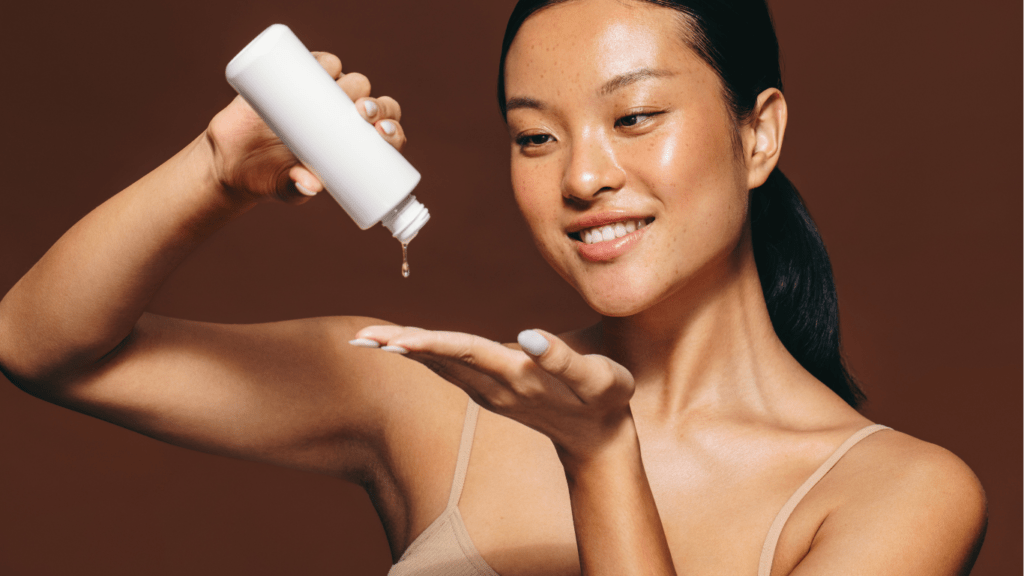Historical Perspectives on Men’s Grooming
Men’s grooming has evolved significantly through various eras, reflecting cultural shifts and technological advancements.
Ancient Grooming Practices
Ancient civilizations like:
- Egypt
- Greece
- Rome
set early standards for men’s grooming. Egyptian men used razors as early as 3000 BC. They valued clean-shaven faces and often wore wigs. Greek men adopted elaborate hairstyles and used oils for skin and hair care. In Rome, men frequented public baths, where they received haircuts, shaves, and massages, indicating the importance of grooming in social status.
Evolution through the Middle Ages
Grooming practices shifted in the Middle Ages. European men grew beards and long hair, influenced by religious and societal views. Barbers played dual roles as surgeons and groomers, performing haircuts and minor surgeries. They used tools like shears for haircuts and straight razors for shaving. Grooming was less about aesthetics and more about practicality and health during this period.
Influences of the 20th Century
The 20th century brought dramatic changes in men’s grooming driven by innovations and cultural transformations. The safety razor, patented by Gillette in 1901, revolutionized shaving. Electric razors appeared in the 1930s, offering convenience. Hollywood icons like Cary Grant and James Dean influenced grooming trends. Men began using hair pomades and aftershaves. By the late 20th century, a resurgence in traditional barbering and an increased focus on skincare marked a substantial shift towards comprehensive grooming routines.
Modern Men’s Grooming Trends

Men’s grooming has evolved into a sophisticated domain that emphasizes aesthetics and well-being. Current trends in men’s grooming are driven by innovations, increased product availability, and social media influence.
Skincare Innovations
The grooming industry has embraced advanced skincare solutions for men. Products now cater specifically to male skin types, addressing issues like acne, aging, and sensitivity. Serums infused with hyaluronic acid and retinol rejuvenate the skin. Charcoal-based cleansers and clay masks offer deep cleaning and detoxification. LED light therapy is increasingly popular, targeting skin concerns like inflammation and hyperpigmentation.
The Rise of Grooming Products
The variety of grooming products for men has expanded significantly. Beard oils, mustache waxes, and pomades provide superior grooming options. Facial cleansers, exfoliants, and moisturizers are designed specifically for men’s skin needs. Multi-functional products, such as 2-in-1 shampoo-conditioners and 3-in-1 body washes, offer convenience and efficiency. High-end brands and niche products, like luxury shaving creams and artisanal soaps, cater to discerning consumers.
Influence of Social Media
Social media has transformed men’s grooming norms. Influencers on platforms like Instagram and YouTube share grooming tips and product reviews, shaping consumer preferences. Viral trends drive sales of specific products, such as beard balms and hair styling clays. Tutorials and how-to videos provide accessible education on grooming techniques. User-generated content promotes brand engagement, encouraging men to explore new grooming routines and products.
Breaking Beauty Barriers
Men’s grooming has transcended historical confines to embrace a more inclusive and diverse landscape, creating new standards and norms. This section explores how modern movements have shattered traditional beauty barriers.
Shifting Gender Norms
Traditional gender roles have constrained grooming practices for men. Today, fluid gender norms encourage men to adopt grooming routines that once seemed exclusive to women. More men now use skincare products (e.g., moisturizers, serums) and experiment with different hairstyles and grooming tools. Society’s evolving viewpoint means self-care is no longer gender-specific.
Inclusive Grooming Brands
Many grooming brands now cater specifically to diverse male demographics. Companies like Fenty Beauty and MANTL offer products for different skin tones and types. Brands like Harry’s and Dollar Shave Club emphasize inclusive marketing, promoting images that reflect a broad spectrum of masculinity. These brands enable men to access products tailored to individual needs, breaking traditional beauty barriers.
Celebrity Influence on Grooming
Celebrities significantly impact men’s grooming trends. Public figures like David Beckham, Brad Pitt, and Harry Styles shape grooming norms through their public appearances and endorsements. For instance, Beckham’s endorsement of skincare has boosted interest in male-specific beauty products. Celebrity influence normalizes diverse grooming practices and encourages men to expand their routines.
The Future of Men’s Grooming
Men’s grooming is poised for remarkable transformations. Emerging technologies, sustainability, and innovative trends shape the future landscape.
Technological Advancements
Advanced grooming tools streamline routines and enhance men’s skincare. Smart razors offer precision shaving with minimal irritation. For example, app-controlled devices provide real-time feedback and optimal shaving angles. Moreover, AI-driven skincare apps analyze skin types and recommend personalized routines. LED therapy devices promote collagen production and skin rejuvenation, presenting easy at-home options previously available in professional settings.
Sustainable Grooming Products
- Eco-friendly grooming becomes increasingly critical as consumers demand responsible options.
- Brands now prioritize biodegradable packaging and natural ingredients.
- Refillable containers and reduced plastic use highlight industry commitments to sustainability.
- Solid shampoo bars eliminate plastic waste and feature organic elements.
- Vegan grooming products avoid animal-derived components, ensuring ethical choices align with high performance.
Emerging Trends to Watch
New grooming trends signify exciting times ahead. Multifunctional products gain popularity among men seeking simplicity without sacrificing quality. Examples include 2-in-1 face washes and moisturizers combining hydration and cleansing. Body care also sees growth with specialized products for different skin areas. Additionally, greater inclusion efforts drive the creation of grooming lines for various ethnic backgrounds, ensuring products meet diverse needs.
These factors indicate a dynamic future for men’s grooming, where innovation brands cater to evolving demands and environmental considerations.



 Senior Fashion & Beauty Writer
Eric Camp, a seasoned writer and fashion expert, lends his sharp eye for trends and beauty to Glam World Walk. With a background in luxury retail and editorial work, Eric dives deep into the latest runway trends, offering readers insightful takes on the intersection of style and culture. His beauty product reviews and fashion industry analyses make him an indispensable part of the team, keeping readers ahead of the curve on all things chic and stylish.
Senior Fashion & Beauty Writer
Eric Camp, a seasoned writer and fashion expert, lends his sharp eye for trends and beauty to Glam World Walk. With a background in luxury retail and editorial work, Eric dives deep into the latest runway trends, offering readers insightful takes on the intersection of style and culture. His beauty product reviews and fashion industry analyses make him an indispensable part of the team, keeping readers ahead of the curve on all things chic and stylish.
